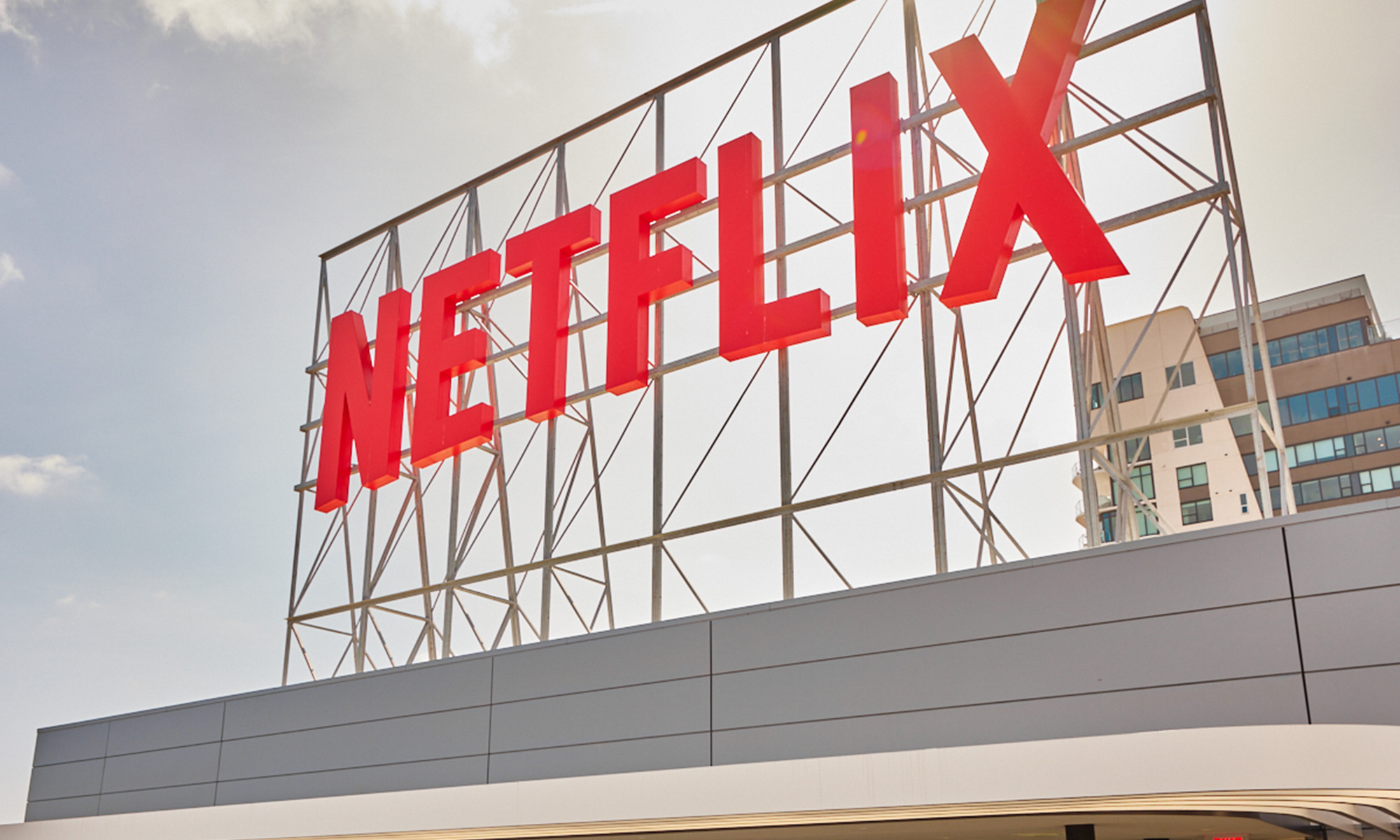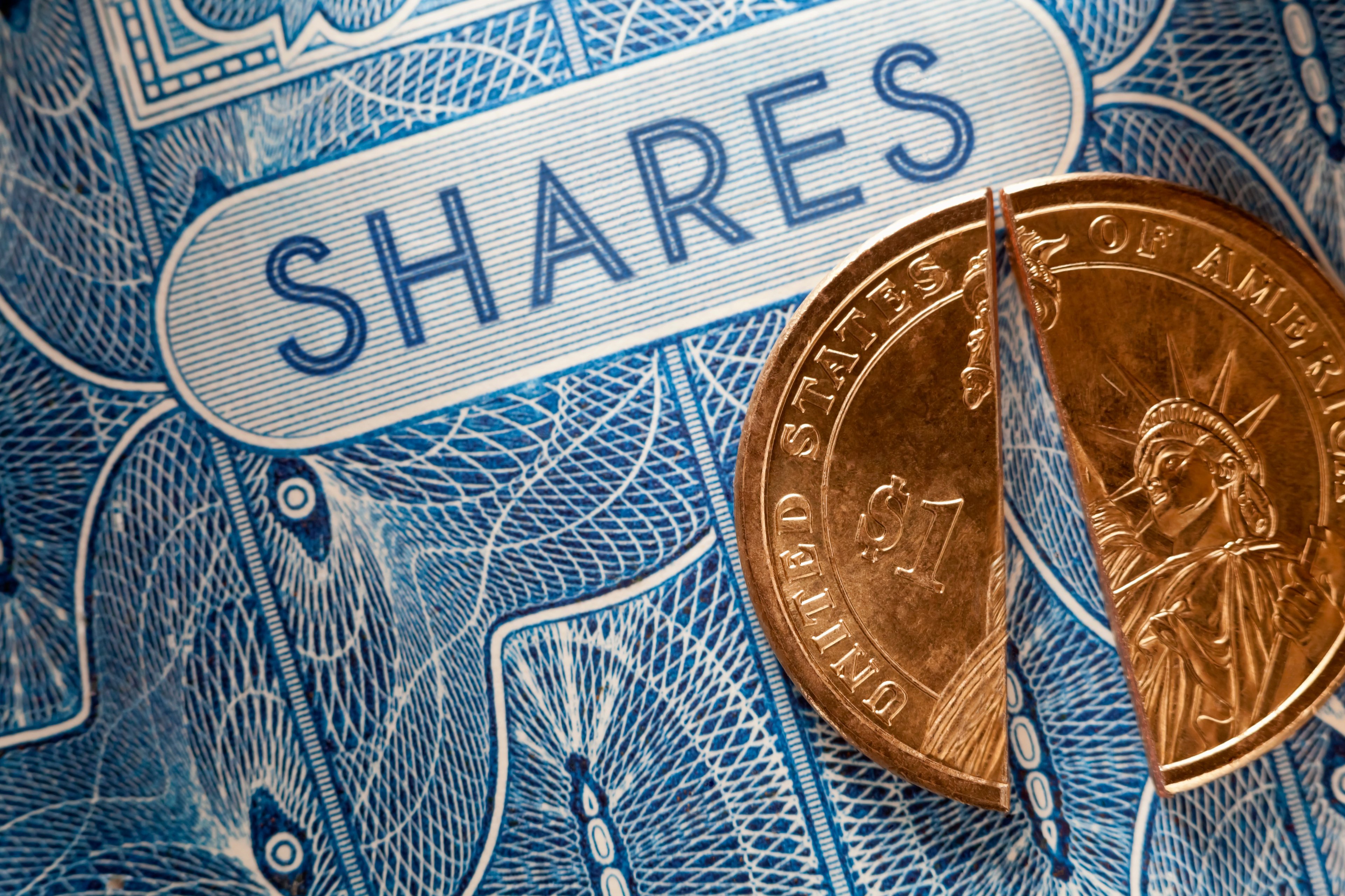Shares of Netflix (NFLX +0.25%) have been on a tear for the past six months, skyrocketing from $90 to well over $200 in that time span. While Netflix has delivered two strong quarterly reports so far in 2013, investors have also cheered nearly every content-related announcement, sending the stock into the stratosphere.
Netflix 6 Month Price Chart, data by YCharts
Netflix's announcement last week that it would premiere a number of new series to be created by DreamWorks Animation (DWA +0.00%) was no different. Netflix shares gained more than 7% on the day the deal was announced. Investors clearly believe that by adding content -- and especially original and exclusive content -- Netflix can differentiate itself from competitors like Amazon.com (AMZN +1.63%), boosting subscriber growth.
However, exclusive content is very pricey, compared to non-exclusive deals: Original content is especially expensive. This should not be very surprising; content creators and owners obviously charge more for exclusivity, since it prevents them from selling their wares to other streaming video services.
Yet for competitive reasons, Netflix never reveals the cost of new content agreements. This means that investors are only getting half of the story. Everybody wants high-quality content; the important question is whether it comes at the right price. Unfortunately, that's still a big question mark for investors.
Cash or plastic?
Netflix's streaming content costs are already very high, as the company has invested heavily in building a robust content library that appeals to many people. However, content costs have begun to escalate even more rapidly recently. There are two related causes. First, competitors like Hulu and Amazon have been bidding more aggressively for content in the past year. Second, to fend off these competitors, Netflix has been investing in exclusive and original content, which is more expensive.
As a result, Netflix's streaming content liabilities increased from $4.82 billion to $5.63 billion over the course of 2012. Near-term streaming liabilities (due within a year) rose even faster: from $1.71 billion to $2.30 billion.
The combined costs of original content investments and international expansion have caused free cash flow to turn negative at Netflix. As a result, Netflix has started tapping the capital markets to finance its content expansion. In late January, the company sold $500 million of new debt, with more than half of the proceeds allocated to "general corporate purposes" such as content acquisition. Management has refused to rule out raising additional debt to fund future original programming.
The $13 billion question
Netflix has been booking small accounting profits recently, but free cash flow has remained negative. To justify its current valuation around $13 billion, Netflix will have to turn its free cash flow around and boost its operating margin well beyond last quarter's 3% level. In essence, the company needs to grow its streaming revenue faster than content expense increases.
This is why the stock's recent run-up seems somewhat misguided. There's no doubt that adding new series like the recently announced DreamWorks children's offerings will boost subscriber numbers (all things being equal). However, the cost side of the equation is still unknown. As I pointed out last week, Netflix's signature original series -- House of Cards -- reportedly cost the company $4 million per hour. At that rate, the DreamWorks deal would cost more than $1 billion!
The moment of truth
Ultimately, the moment of truth could still be years away. Netflix has been busy locking in long-term deals for high-quality content -- especially originals -- betting that they will produce the subscriber growth necessary to offset the high upfront costs. However, if Netflix's addressable market is smaller than management expects (as analysts at Sanford Bernstein recently argued), Netflix could see subscriber growth tail off in a year or two while content costs continue to march higher.
This is a big underappreciated risk for Netflix investors. Recently, the company has managed to walk a tightrope by investing heavily in content but growing the subscriber base just as quickly. However, as the company locks itself into more and more long-term, expensive content deals, there is an increasing chance that a mismatch could develop between content costs and streaming revenue. If that problem ever materializes, Netflix investors will be in for some rough sledding.








